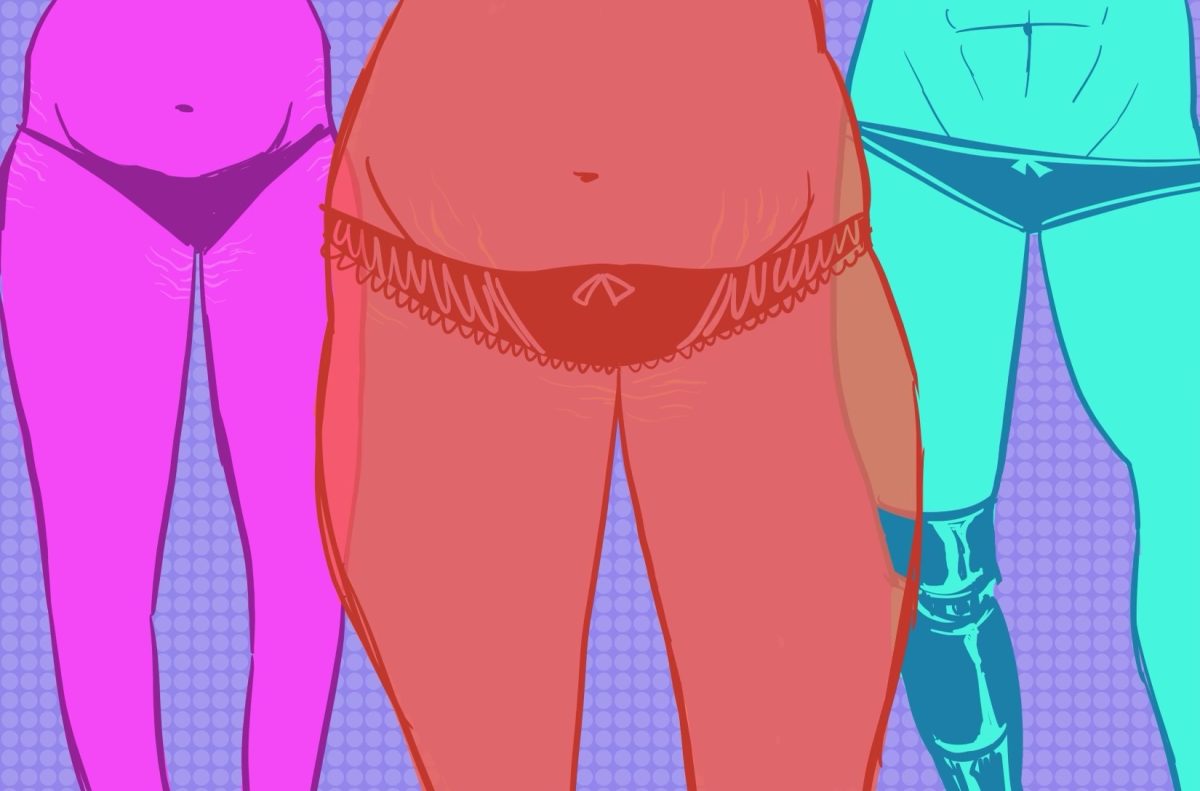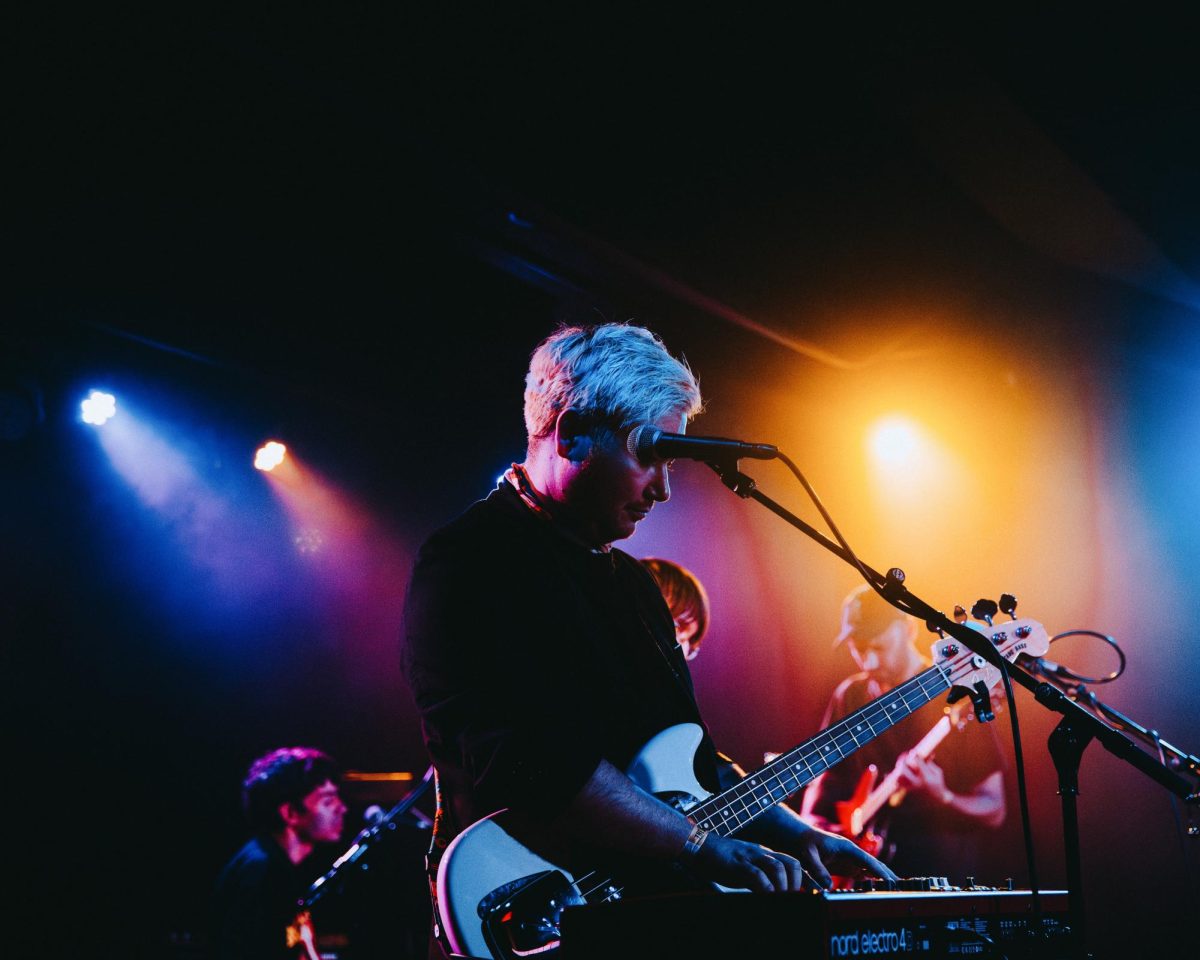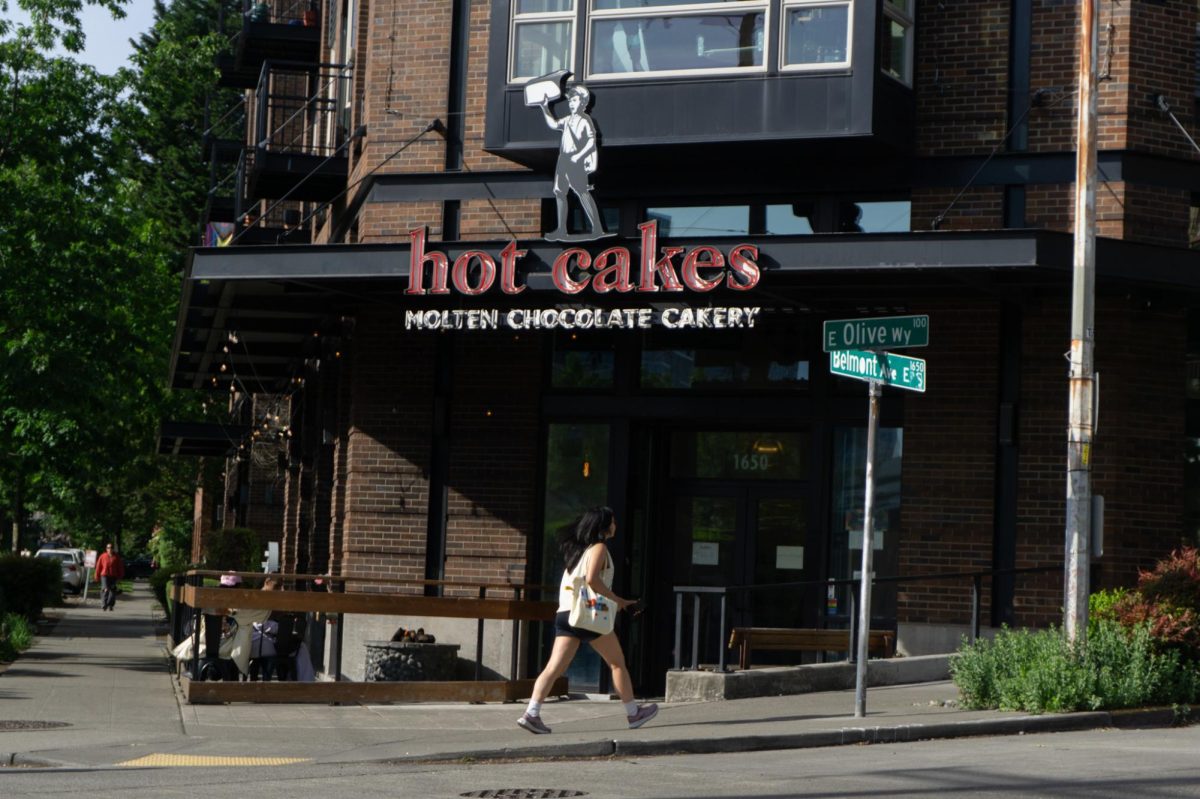The Victoria’s Secret Fashion Show has amused the haughty male fantasy ever since its genesis, featuring skinny white bodies, promoted by salacious men, obscuring remedies for its discriminations against trans and plus-sized bodies and ultimately mustering much controversy.
Before its 2018 television miniseries, “Angels and Demons,” Victoria’s Secret’s chief marketing officer, Ed Razek, told Vogue, “We market to who we sell to, and we don’t market to the whole world. We attempted to do a television special for plus-sizes. No one had any interest in it, still don’t.”
But questions emerge about inclusivity in fashion.
The retail giant, satisfied only in their own svelte dummy, measured 23 years of the brand’s annual lavished Fashion Show. Models, under contract to the company, those Victoria Secret Angels, decorated in theatrical costuming and hauling pounds of feathers were used to market the lingerie giant. High-profile settings and even higher-profile celebrities attended each ceremony starting 1995. The first shows were held days before Valentine’s Day, tethering their fashion to reds and pinks.
“I remember watching the shows as a kid,” Grace Larkin, a third-year visual-arts major said. “It was a big thing. I remember my parents putting it on and us all watching it.”
Obsessed with Victoria’s Secret’s idyllic glamor and the prettiness that enveloped its theater, VS tainted the beauty standard. The brand became an artificial sensation.
Then, in November 2019, in the midst of the #MeToo movement, CEO Jan Singer resigned and L Brands CFO Stuart Burgdoerfer announced the cancellation of the Victoria’s Secret fashion show.
Their viewership had fallen already almost 65 percent from 2014 to 2018. And the typhoon that once was had been experiencing a steadfast decline due to increasing competition, changes to the company’s marketing, stopping sales of swimwear and clothing (2016) and controversy following Wexner’s ties to Epstein and lack of immediate “material impact.”
“We think it’s important to evolve the messaging of Victoria’s Secret,” Burgdoerfer commented in a CNN article. “We will be communicating to customers but nothing similar in magnitude to the fashion show. We will communicate to customers through lots of vehicles, including social media and other channels.”
“Victoria’s Secret was definitely in need of a rebrand,” Audrey Surdell, a third-year chemistry major said. “Their traditional…American models no longer appealed to consumers who expected change to feature more inclusivity. I think people were very mad and annoyed to see how long it took for them to finally get there.”
Escaping Victoria’s Secret’s tired fantasy, the company announced its rebrand in 2021. The VS Collective, the brand’s alternative to “Angels,” houses seven women (Adut Akeck, Priyanka Chopra Jonas, Paloma Elsesser, Amanda de Cadenet, Megan Rapinoe, Valentina Sampaio and Eileen Gu), diverse in body, achievement and practice.
“With The VS Collective, we are creating a platform that will build new, deeper relationships with all women. Through a series of collaborations, business partnerships and cause-related initiatives, we’re bringing new dimensions to our brand experience,” Martha Pease said, VS’ Chief Marketing Officer, in a press release. “In marrying our new partners’ energy, creativity and perspectives with our network and scale, we can transform how we connect with and show up for women.”
Additionally, the brand released “The Tour,” a feature-length film meant as a showcase for up-and-coming designers and artists from four cities (London, Lagos, Bogotá and Tokyo) interpreting their own ideologies on “womanhood and the female body.”
“The goal was to give a new generation of creatives from around the world the opportunity to tell their stories and see their creations brought to life on the world stage,” reads the “Victoria’s Secret: The Tour ‘23” mission statement, “The platform? The VS show. This film is theirs.”
However, some audiences felt that the film was too ambitious in its scope and ultimately fell flat. The feature-length project ran an hour and 30 minutes, divided by each artist, MC’d by Gigi Hadid. It began with a mock-up documentary, which quickly cut to catwalks, interviews, music breaks with Doja Cat, slow video shoots and plentiful B roll.
“Victoria’s Secret hides behind lame attempts at diversity,” Surdell said. “I don’t think anyone wanted a movie and a couple [of] skits. We wanted real bodies with the same level of extravagance they had in the shows before.”
Ultimately, VS’ abrupt surplus of ‘we are for all women!’ was significantly late and incredibly artificial, the new campaign successful, only, in inviting long-anticipated diversity boringly, cementing the fall of those coveted angels.








